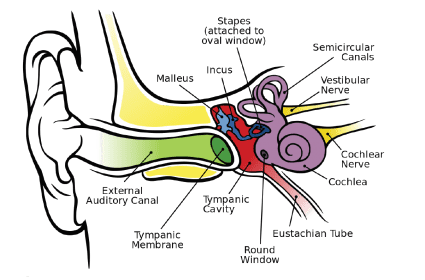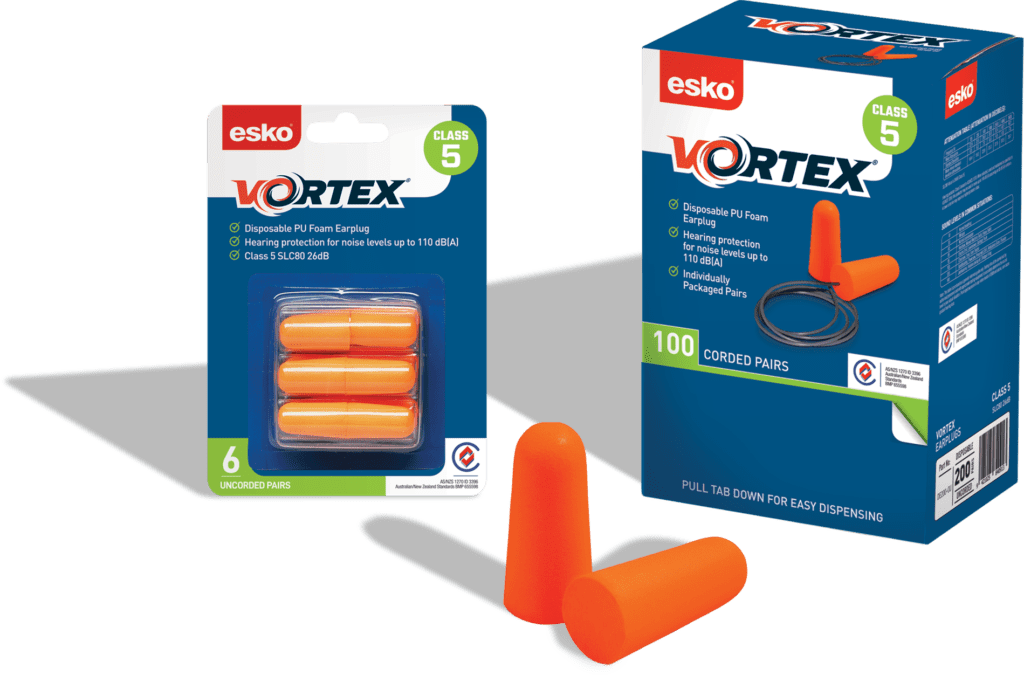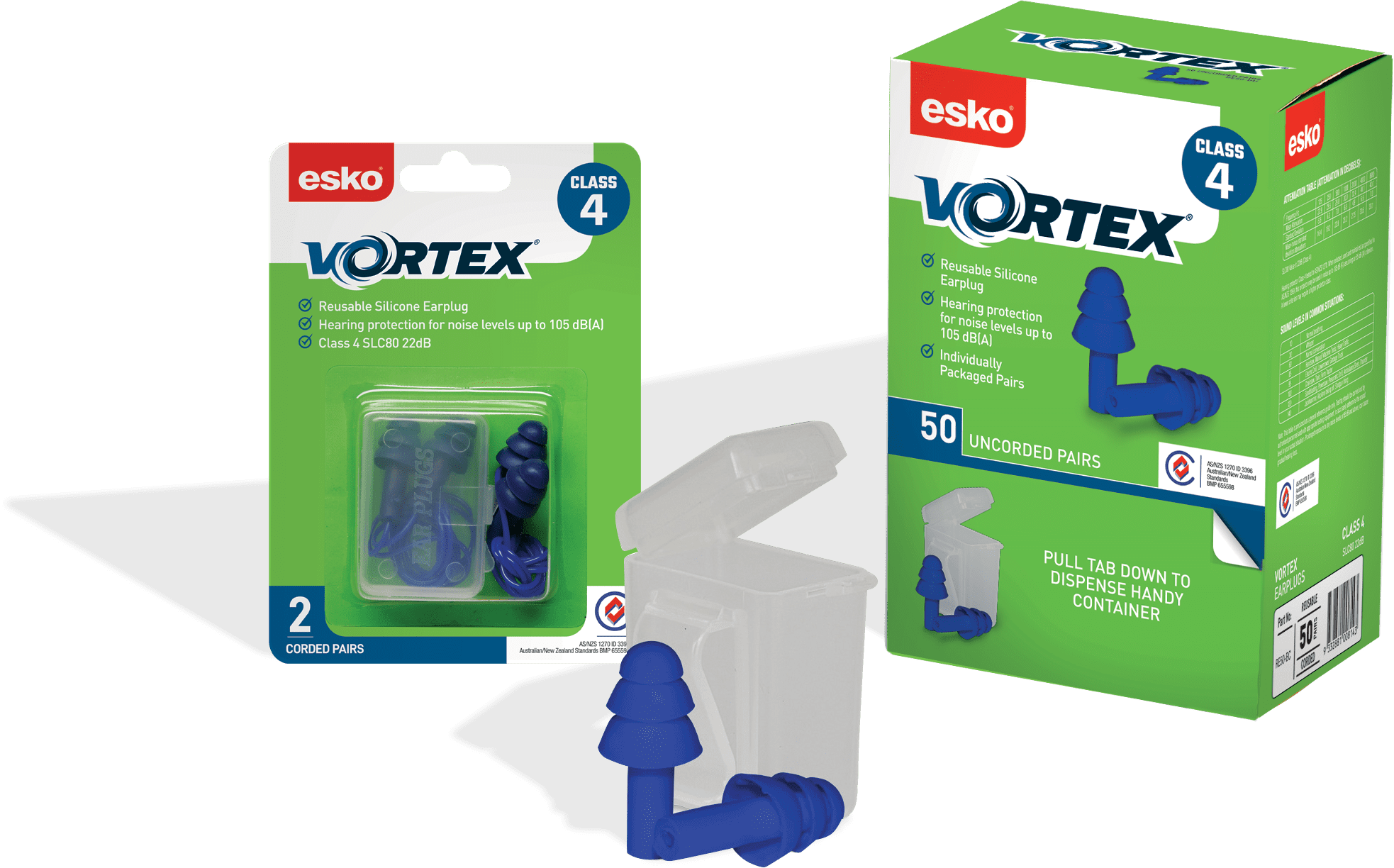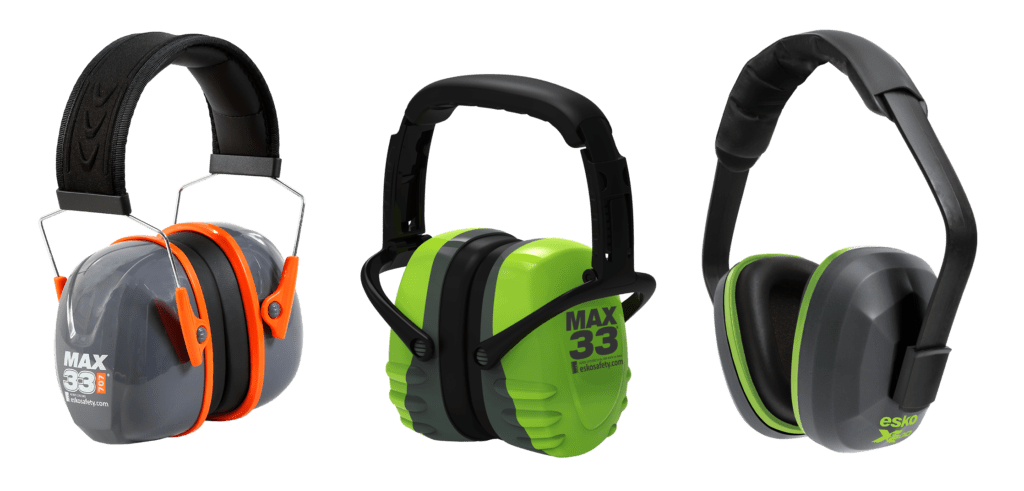HEARING PROTECTION
If workplace noise levels are too high, ambient sound will permanently damage hearing. The risk depends on how loud the noise is and how long a worker is exposed to it.
Damage builds up gradually and changes will not be noticed from one day to the next.
But, once it occurs, noise damage is permanent and there is no cure. In 2015 over 4,200 new claims were made with ACC for an ear injury or loss of hearing suffered at work.
If exposure is kept to around 85 decibels (dB) over an eight hour working day (about the noise level of city traffic from inside a car) most people will suffer no long-term damage. But with more intense noise exposure, damage may occur in a shorter time.
If you are assessing noise levels, remember that the decibel scale is logarithmic, which means every increase of 3 dB doubles the sound level, and at that level it will take only half as long to damage your hearing.

Hearing depends on the delicate structures inside the ear.
Decibel levels are often quoted as a dB(A), or A-weighted, figure. This is an adjusted rating which compensates for the relative loudness of sounds as perceived by the human ear. In this system, the decibel value of low frequency sound is adjusted downwards compared with higher frequencies. This reflects the way sound is perceived by the ear, which is less sensitive at low audio frequencies, particularly below 1000Hz, than at higher frequencies.
KEEPING NOISE EXPOSURE DOWN TO 85 DB
If workplace noise levels are too high, ambient sound will permanently damage hearing.
The risk depends on how loud the noise is and how long a worker is exposed to it.
Damage builds up gradually and changes will not be noticed from one day to the next. But, once it occurs, noise damage is permanent and there is no cure. In 2015 over 4,200 new claims were made with ACC for an ear injury or loss of hearing suffered at work.
If exposure is kept to around 85 decibels (dB) over an eight hour working day (about the noise level of city traffic from inside a car) most people will suffer no long-term damage. But with more intense noise exposure, damage may occur in a shorter time.
If you are assessing noise levels, remember that the decibel scale is logarithmic, which means every increase of 3 dB doubles the sound level, and at that level it will take only half as long to damage your hearing.
WHAT DOES THE SLC80 FIGURE MEAN?
THE THREE MAIN KINDS OF HEARING PROTECTION:


Disposable earplugs:
These are usually made of soft expandable PU foam. The wearer rolls the plug between fingers to compress it before inserting it into the ear canal, where the plug expands again to seal against the individual contours of the wearer’s ear. These are economical, designed for single use and are available in uncorded and corded options. There is also a metal detectable version with a metal tab in each plug and a metalized cord that can be easily detected if they accidentally fall into processing lines.Reusable earplugs:
These are moulded from washable soft plastic or silicone rubber and are usually ‘flanged’, with flexible ridges or flaps that circle the plug and enable it to seal gently against the ear canal. Corded and uncorded options are supplied in a handy resealable plastic case and can be reused.



Earmuffs:
Suppress unwanted noise by completely covering the outer ear with a plastic shell filled with sound-deadening material to prevent noise reaching the inner ear. Our styles come with a variety of features from adjustable headband to hard hat attachments to suit individual needs.
SOUND LEVELS FROM 30 TO 180 DECIBELS-HOW LONG IS SAFE?


Product Selection guide from the esko range:
PRODUCT CODE | DESCRIPTION | CLASS | EARMUFF STYLE | EARPLUG STYLE | WITH HEADBAND | CORDED | METAL DETECTABLE |
|---|---|---|---|---|---|---|---|
E-MAX33 | Esko Max33 Folding Earmuff, 33dB, Class 5, | 5 | |||||
X300 |
Esko X300 Banded Earmuff, 26dB, Class 5 | 5 | |||||
RE50-BU | Vortex Earplugs Blue Uncorded Reuseable, Class 4, Box 50 pairs | 4 | Reusable | ||||
RE50-BC | Vortex Earplugs Blue Corded Reuseable, Class 4, Box 50 Pairs | 4 | Reusable | ||||
RE2-BC | Vortex Earplugs Blue Corded, Class 4, Blister carded 2 Pack | 4 | Reusable | ||||
DE200-OU | Box 200 pairs bullet-shaped earplugs, foam uncorded, Class 5, 26dB, | 5 | Disposable, Bullet | ||||
DE100-OC | Box 100 pairs bullet-shaped earplugs foam corded, Class 5, 26dB | 5 | Disposable, Bullet | ||||
DE6-OU | Vortex Earplugs Orange Uncorded, Class 5, Blister carded 6 pack | 5 | Disposable, Bullet | ||||
DE500-OR | Vortex Orange Bullet Shaped Earplugs, Class 5, refill bag for dispenser, 500prs | 5 | Disposable, Bullet | ||||
DE100-MD | Vortex Metal Detectable corded earplugs, Class 5, 26dB, for food industry compliance | 5 | Disposable, Bullet | ||||
DE500-DPR | Vortex Earplug Dispenser Station, holds 500 Vortex Disposable Uncorded Earplugs, Jam-free Dispenser design |
MORE INFORMATION
Relevant Australian/New Zealand standards:
- AS/NZS 1269.1:2005 Occupational noise management - Measurement and assessment of noise emission and exposure
- AS/NZS 1269.2:2005 Occupational noise management - Noise control management
- AS/NZS 1269.3:2005 Occupational noise management - Hearing protector program
- AS/NZS 1269.4:2014 Occupational noise management - Auditory assessment